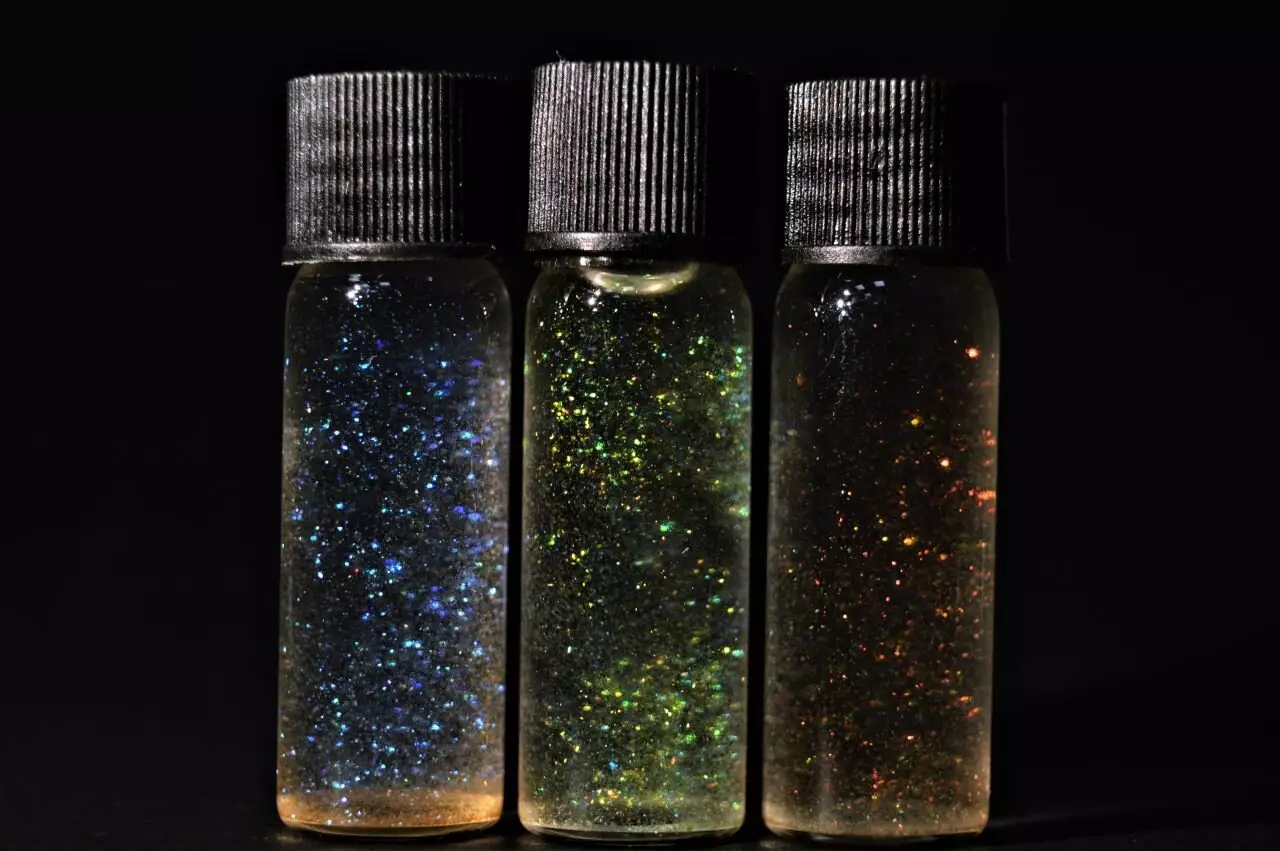Plastic pollution has become a pervasive issue, with staggering statistics revealing a global crisis. Annually, approximately 368 million metric tons of plastic are manufactured, a figure that continues to rise with the demand for convenience and consumer goods. Alarmingly, an estimated 13 million metric tons find their way into terrestrial ecosystems, posing significant risks to wildlife and the general environment. Researchers have raised serious concerns about microplastics—tiny plastic fragments measuring less than 5mm—which can originate from everyday products such as glitter, cosmetics, and even the deterioration of larger plastic items like water bottles. The challenges posed by microplastics necessitate increased attention, as these tiny pollutants can have devastating consequences for both aquatic and terrestrial habitats.
Microplastics are not only a growing concern in the oceans but are also infiltrating soil ecosystems at alarming rates. Research has demonstrated that these particles are often mistaken for food by various animal species, leading to chronic health issues such as starvation and malnutrition, as well as structural damage to the gastrointestinal systems of those who ingest them. While much of the academic focus has been placed on the effects of microplastics on marine life, the terrestrial impact has largely gone unexamined. Alarmingly, the volume of plastic deposited on land is estimated to surpass that which enters marine environments by more than fourfold.
The ramifications of such contamination extend far beyond the immediate ingestion of microplastics by animals. Studies indicate that when larger ecosystems are disrupted, there is a cascading effect that negatively impacts biodiversity, soil health, and overall ecosystem functioning. Consequently, understanding the roles that microplastics play in terrestrial situations becomes vital for developing strategies that can mitigate their toxicity.
One specific example of microplastic pollution is glitter, a ubiquitous element in arts, crafts, and cosmetics. Most conventional glitter is derived from a type of plastic known as polyethylene terephthalate (PET), which is also used in numerous consumer goods, including beverage bottles. Moreover, some glitter formulations incorporate aluminum and other metals to achieve their characteristic sparkle, further complicating their environmental footprint. Although the extent of glitter pollution remains largely unquantified, its pervasive nature is frustratingly evident—once used, glitter tends to migrate into various environments, making it difficult to manage and remediate.
In recent legislative efforts, the European Union announced a ban on loose plastic glitter and products containing microbeads, aiming to reduce environmentally harmful microplastic pollution by 30% by 2030. However, countries like Australia have yet to follow suit, despite worrying research highlighting the prevalence of glitter in sewage sludge. A study in New South Wales found that glitter constituted a staggering 24% of the microplastics present in such waste, underscoring the critical need for regulatory action.
Scientists have been working diligently on more sustainable glitter options, as demonstrated by a recent study from a research team at the University of Cambridge. Their investigation focused on developing a biodegradable glitter made from cellulose, a material derived from the glucose found in trees, rather than traditional plastic components. By comparing the potential toxicity of conventional glitter versus the new cellulose-based alternative, researchers sought to evaluate the environmental safety of their innovation.
The study utilized small soil-dwelling creatures known as springtails (Folsomia candida), which serve as valuable bioindicators of soil health. When the researchers exposed these organisms to varying concentrations of both types of glitter, the results were telling. While conventional glitter significantly hindered springtail reproduction once concentrations reached a threshold of 1,000 mg per kg of soil, the cellulose glitter posed no apparent risks at any tested concentration. These findings provide promising insight into the possibility of a glitter alternative that boasts both aesthetic appeal and reduced environmental impact.
The research emphasizes the broader implications of glitter consumption and encourages individuals and industries to reevaluate their use of conventional glitter and other microplastic products. Though the new cellulose-based glitter presents a hopeful alternative, it is essential to promote ongoing research and consumer awareness. The glittering dilemma encapsulates a larger narrative regarding environmental responsibility and the choices we make. Advocating for safe, sustainable alternatives can lead to a positive shift, ensuring that the sparkle we enjoy does not come at the expense of our planet’s health. In an era where climate and ecosystem resilience are paramount, it is imperative to prioritize materials that foster environmental integrity while maintaining our cherished aesthetic pleasures.



Leave a Reply